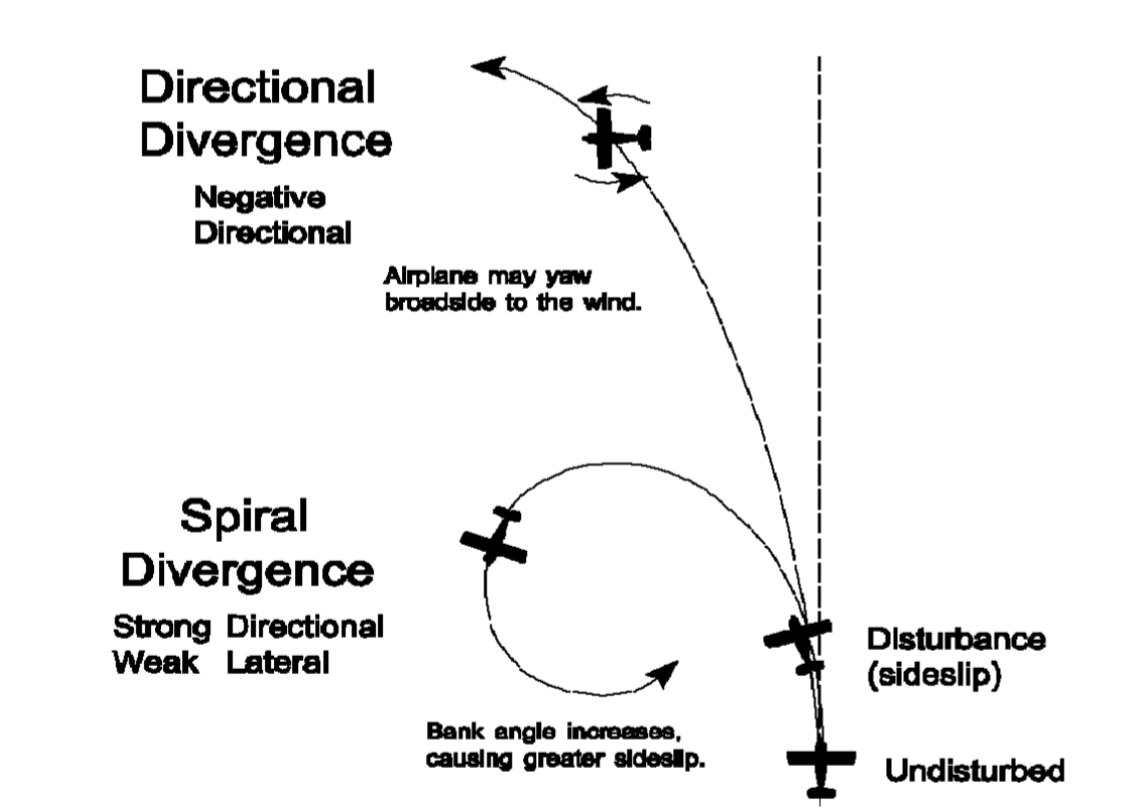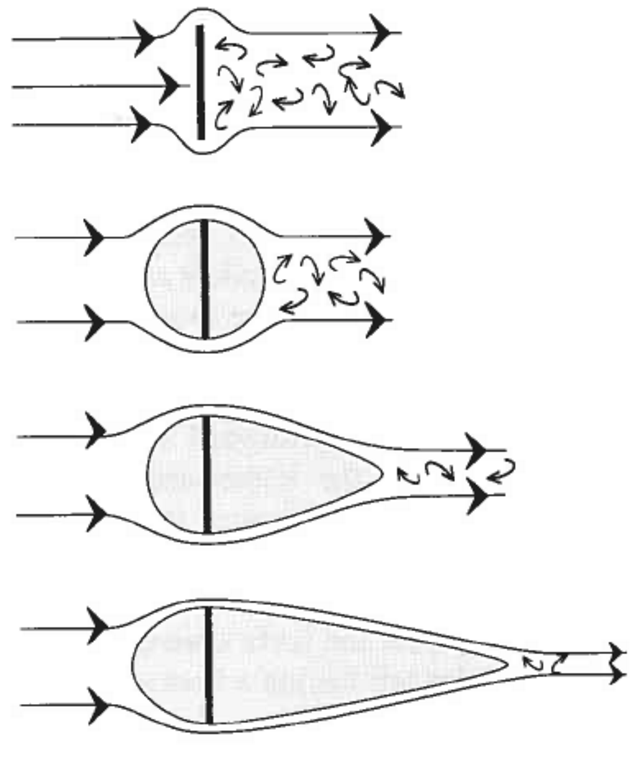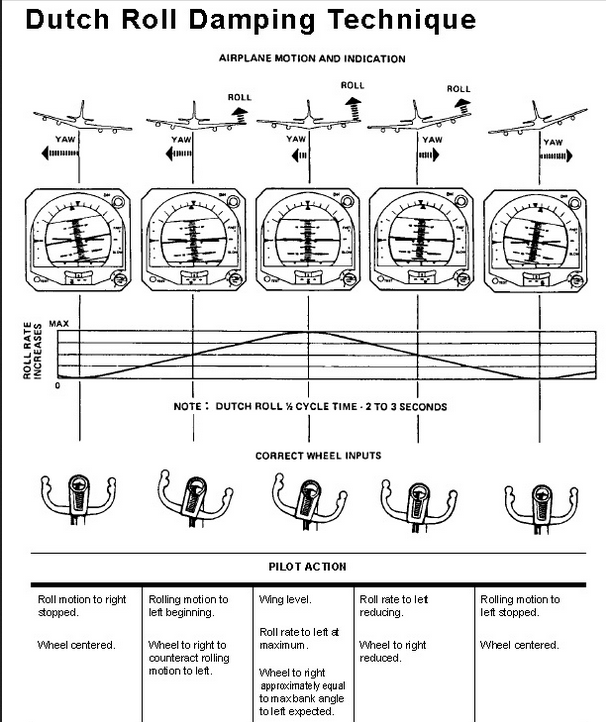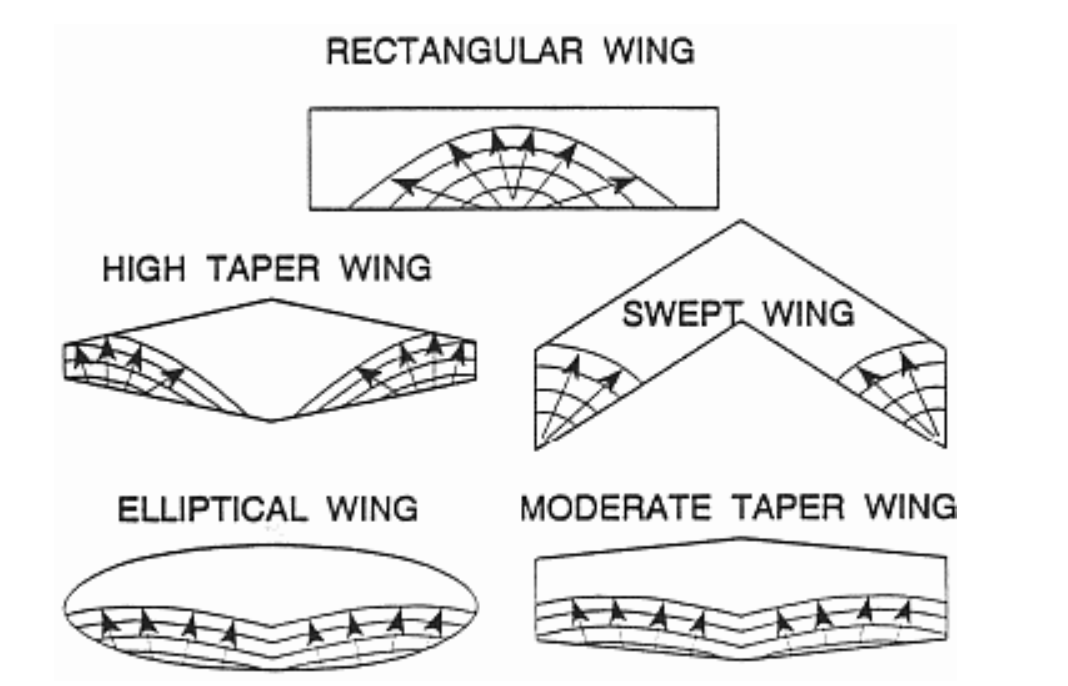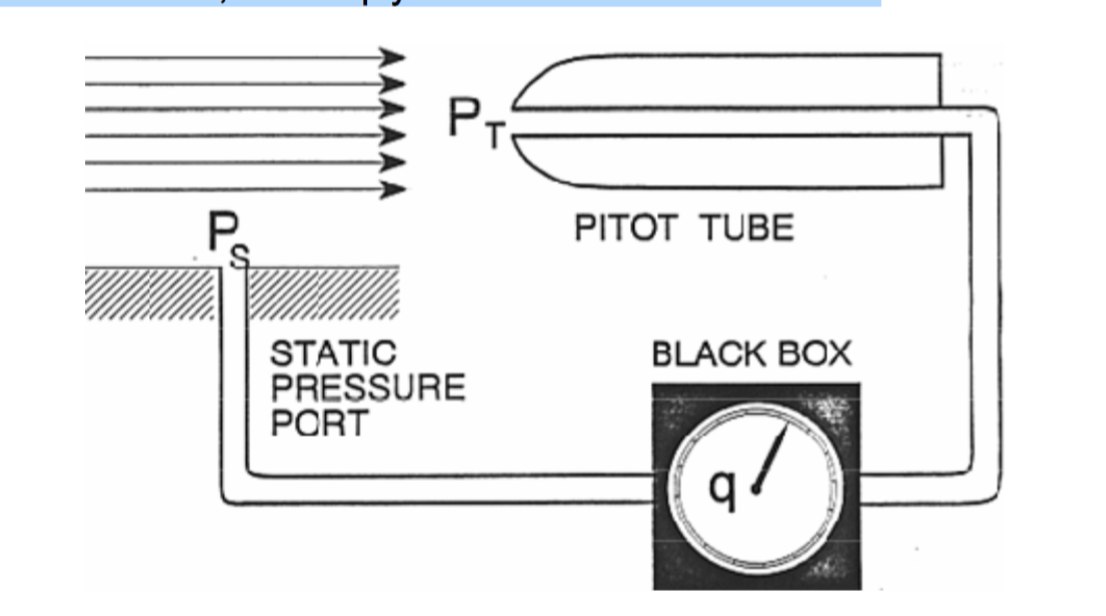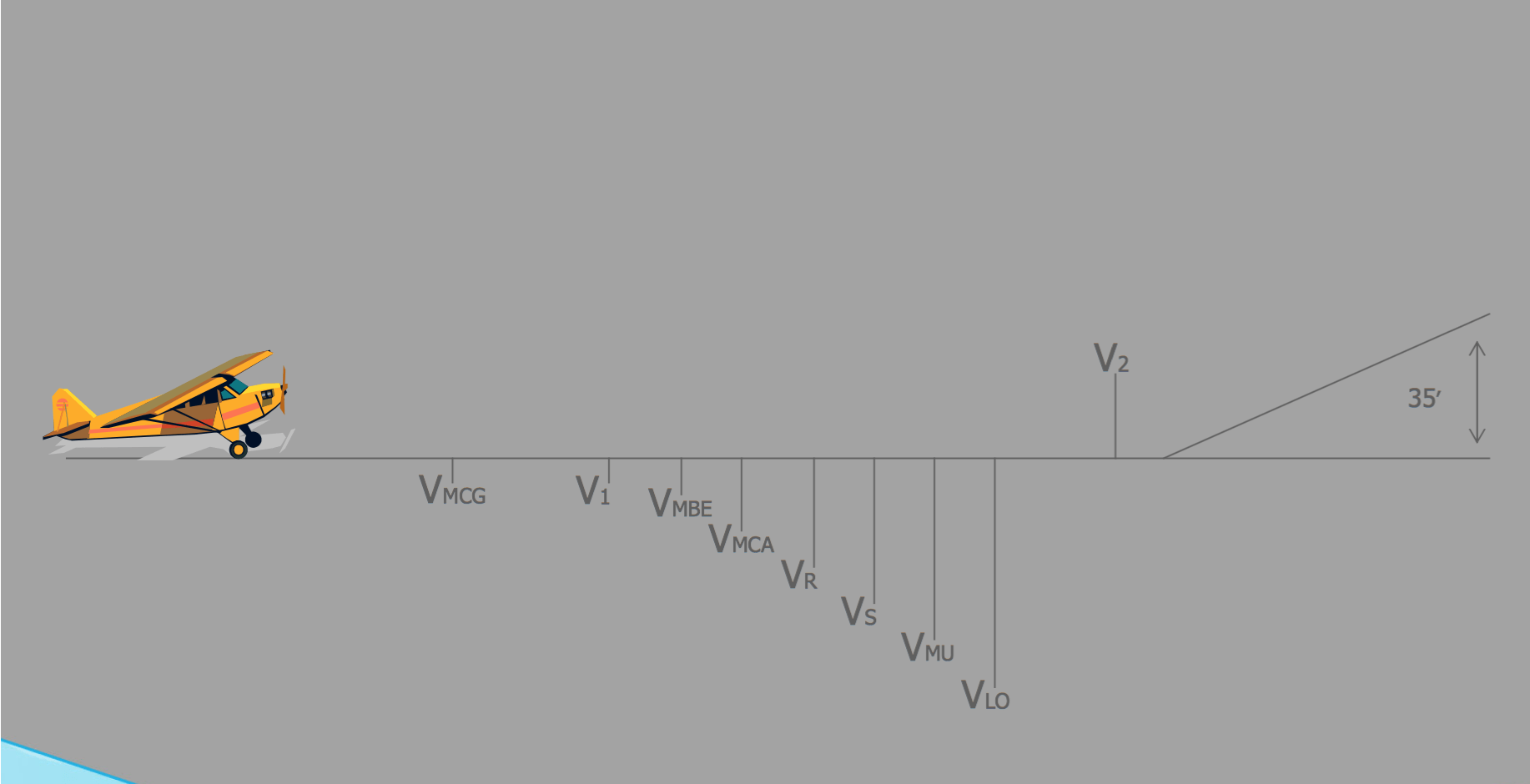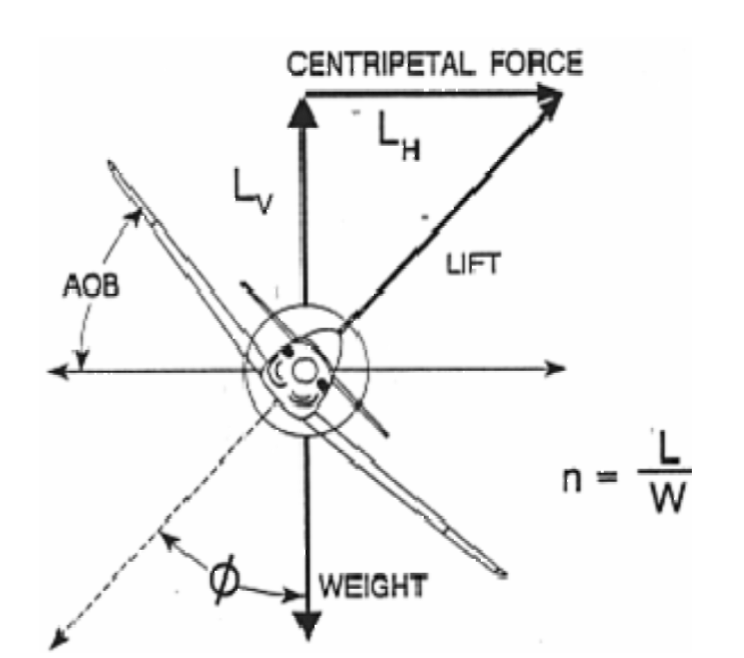
Stalls
admin@readysettakeoff.com

Related Articles
-
Dynamic Stability
Jet Brain, , Aerodynamics, 0
You are unauthorized to view this page. Please login your credentials Username Password Remember Me Forgot Password
-
Drag Reveiw
Jet Brain, , Aerodynamics, 0
You are unauthorized to view this page. Please login your credentials
-
Controllability Factors
Jet Brain, , Aerodynamics, 0
You are unauthorized to view this page. Please login your credentials
-
Wing Dihedral
Jet Brain, , Aerodynamics, 0
You are unauthorized to view this page. Please login your credentials
-
Stall Pattern and Wing Design
Jet Brain, , Aerodynamics, 0
You are unauthorized to view this page. Please login your credentials
-
Airspeed Measurement
Jet Brain, , Aerodynamics, 0
You are unauthorized to view this page. Please login your credentials
-
Takeoff Performance
Jet Brain, , Aerodynamics, 0
You are unauthorized to view this page. Please login your credentials
-
Turn Performance
Jet Brain, , Aerodynamics, 0
You are unauthorized to view this page. Please login your credentials

